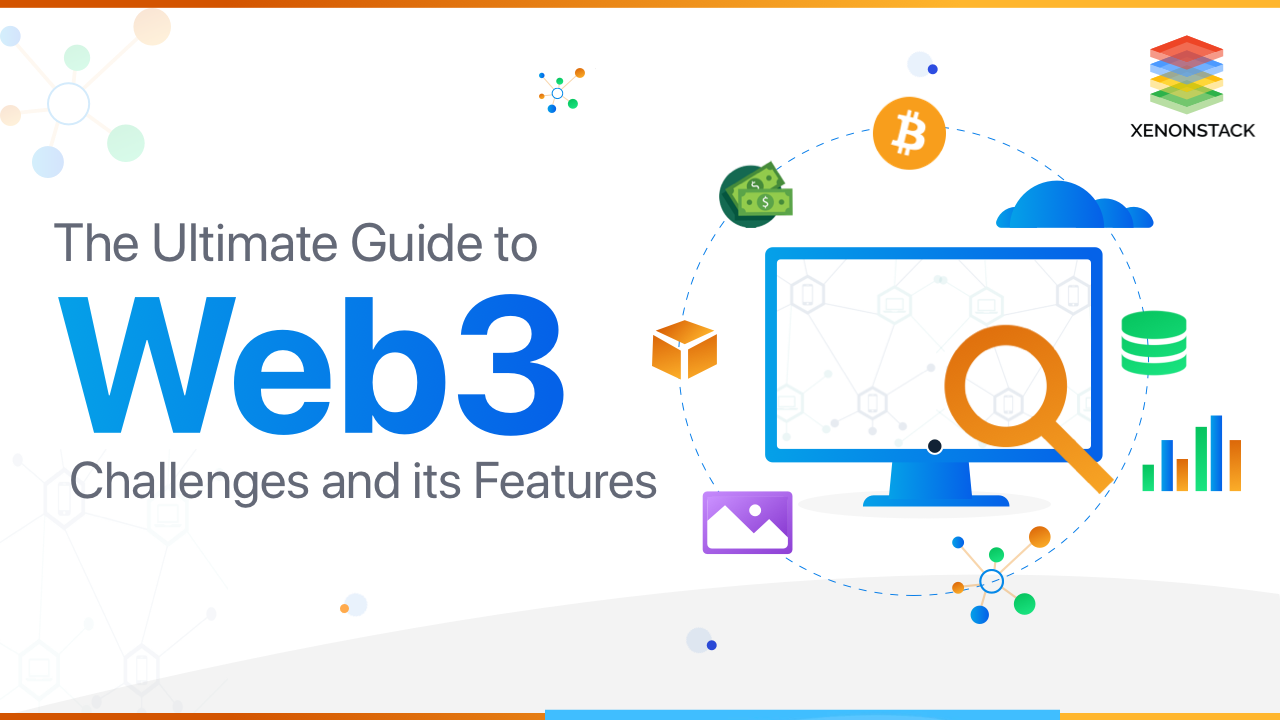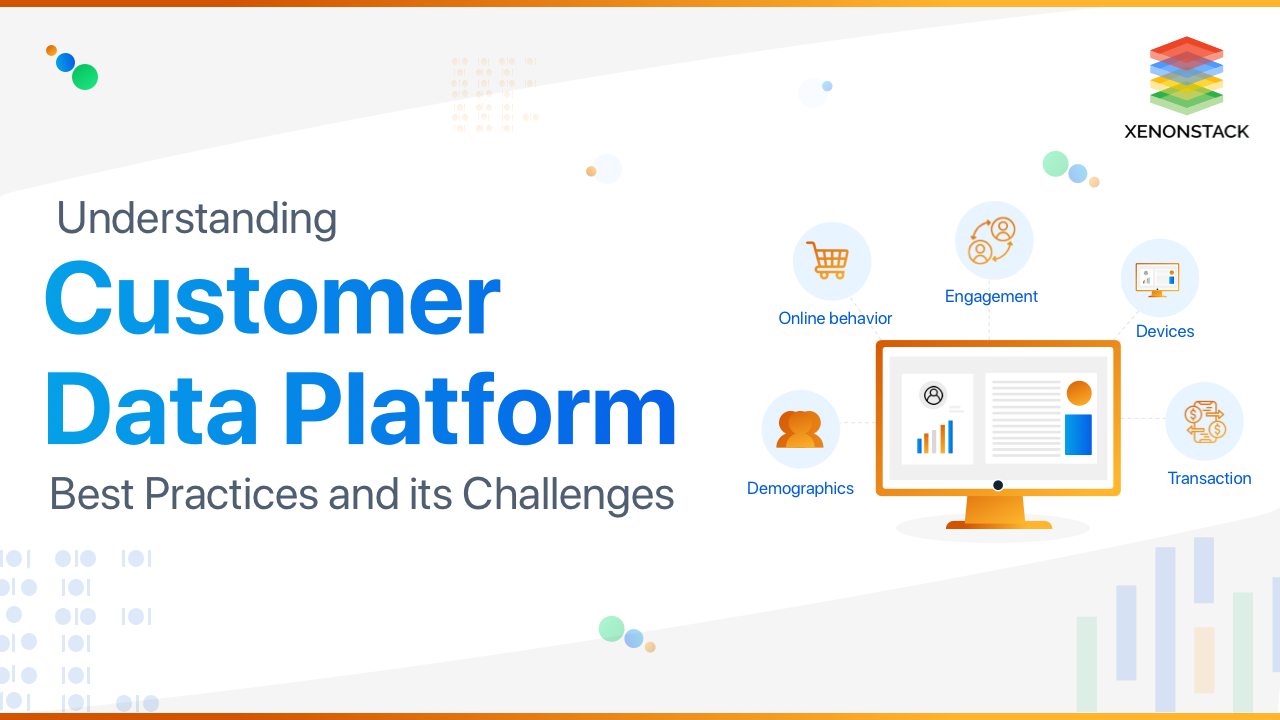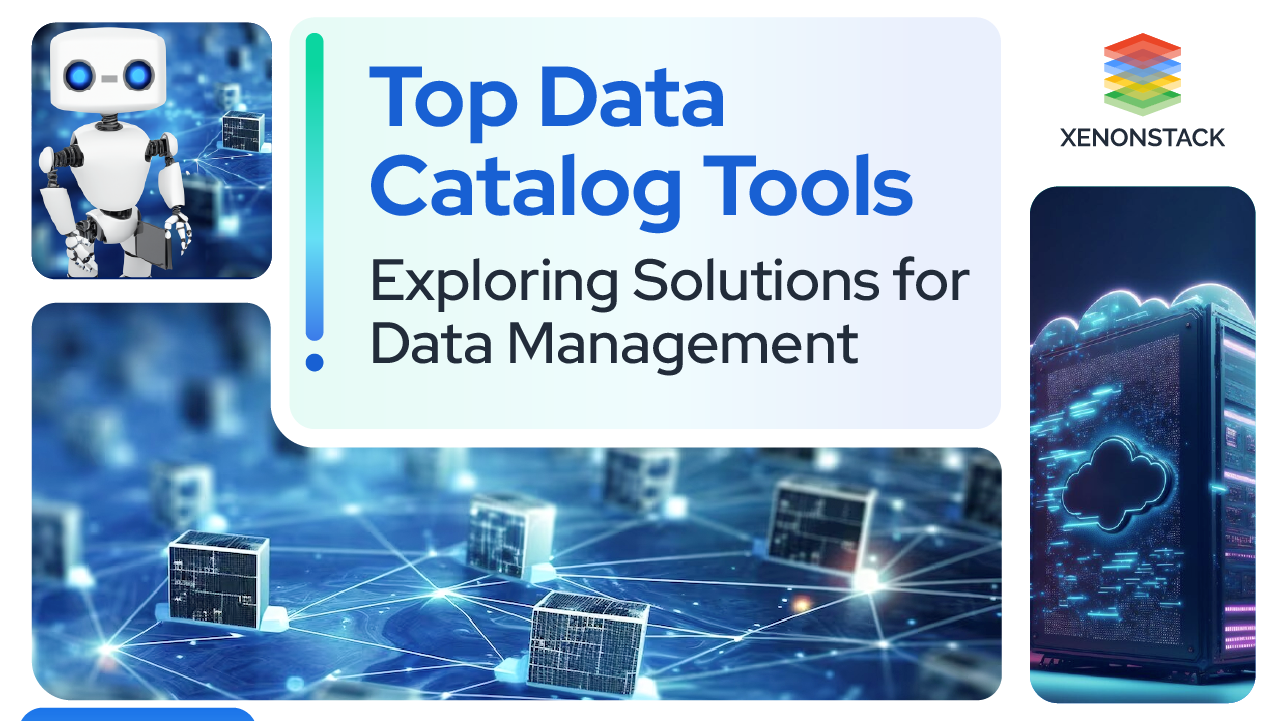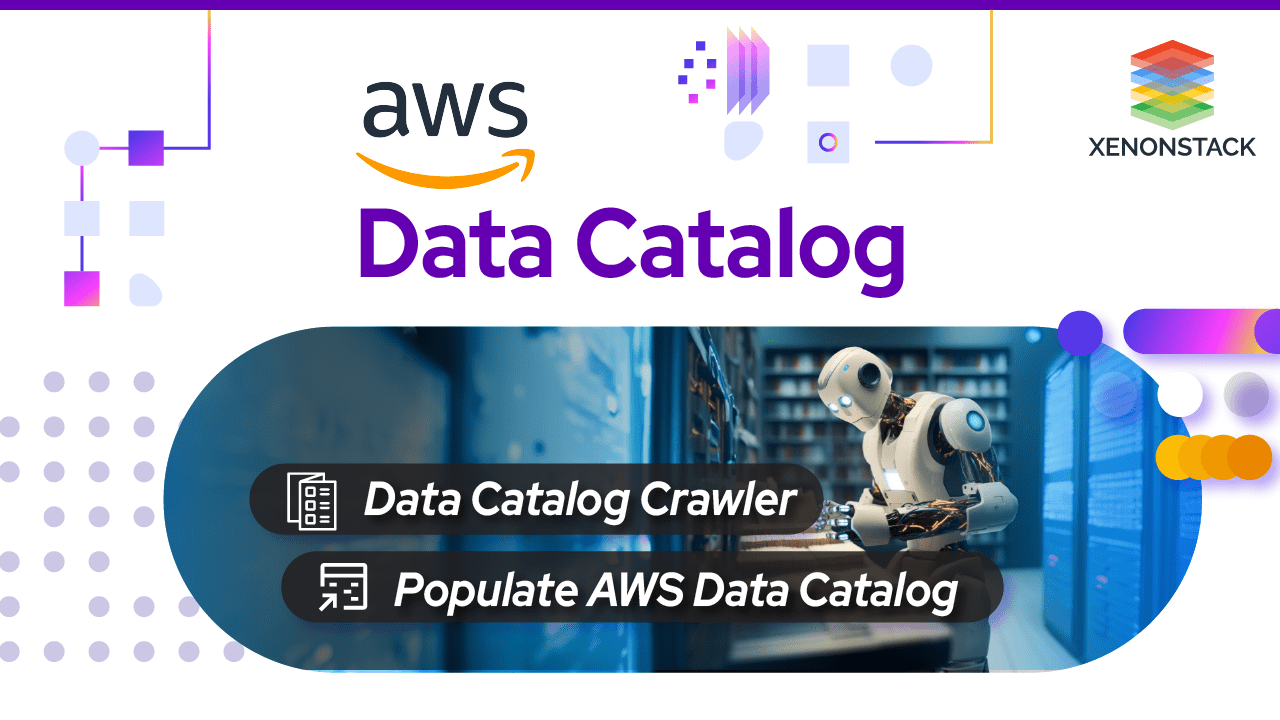
Introduction to Web3
Web 2.0 benefits more than 3 billion people for 80% of their waking hours every day. It moves the world from static desktop web pages for information consumption that served from expensive servers to interactive experiences and user-generated content.
Web 2.0 is all about interactivity and users. The users create most content on platforms like YouTube, Facebook, or Twitter. Web 2.0 is more social and collaborative but usually comes at a price. The downside is that users provide personal and confidential data to the companies that control these platforms by creating content.
Web 3.0 is on the way and blockchain will likely be the foundational technology that leads this progress at scale. Click to explore about, How To Prepare For A Privacy-Driven Future
Therefore, a new internet iteration must change how the internet is used individually without giving up users’ privacy and valuable data. It is a future idea of the internet that will have a decentralized property.
What is Web 3.0?
It was named Semantic Web by Tim Berners-Lee, who is the web’s original inventor. It is a type of internet that will use decentralized networks such as Ethereum and bitcoin.
It will be a platform with no single entity control, yet everyone can still trust it, as every user will follow the same set of hard-coded rules, known as consensus protocols. It will make the internet more intelligent or process data with near-human-like intelligence to assist the user. It will create an open, trustless, and permissionless network.
-
Open: It will be an open-source software built by an open and accessible community of developers and executed in the full view of the world.
-
Trustless: It will allow participants to interact publicly or privately without any trusted third party.
-
Permissionless: Neither users nor suppliers need any authorization from a governing body to participate.
Evolution of Web
It will fundamentally expand the scale and scope of human and machine interactions. These interactions could range from seamless payments to richer information flows to trusted data transfers that will be possible with a wide range of potential counterparties.
What are the components of the Tech Stack?
The components of the Tech Stack are mentioned below:
Layer 0
- P2P internet overlay protocols [e.g. Devp2p, Libp2p]
- Platform-neutral computation description language [e.g. EVM, WASM, UTXO]
Layer 1
-
Data distribution protocols [e.g. IPFS, Bluzelle, Fluence, Swarm]
-
Low-trust interaction platforms [e.g. Polkadot]
-
Low-trust interaction protocols [ e.g., Ethereum, Bitcoin, Zcash, Polkadot parachains]
-
Transient data messaging [e.g., Whisper, Matrix]
Layer 2
Second layer protocols [e.g. (various)]Layer 3
Protocol-extensible developer APIs & languages [e.g. Web3.js, ether.js, oo7.js, Solidity, Rust]
Layer 4
Protocol-extensible user-interface grade [e.g. Status, Metamask, MyCrypto, Parity]
A way of protecting the websites and web application from being hacked or any unauthorized access, done by creating an extra layer of protection. Click to explore about our, What is Website Security?
How is Web 3.0 related to blockchain?
The evolutionary line of the Internet with Web 1.0, Web 2.0, and Web 3.0 has some significant objectives, leading to the development of decentralized systems and Web 3.0. Web 1.0 was the first step in building internet revolutions. It was a read-only type for users. To remove the basic and non-interactive theme, Web 2.0 was introduced with both read and write functionality for users.
This centralized storage approach was used to ban users and officials from a particular website. The data was also used to create targeted ads to benefit third-party groups without the user’s interest. To remove this complexity, provide better privacy to data, and give control to the audience, it was introduced, and to take all these ill activities away, the network was decentralised. So, blockchain was introduced to inherent decentralization, digital identity, and tokenization. Here’s how Blockchain is related to Web 3.0:-
Visibility
It provides greater transparency into the processes and operations and enables the proper distribution of information and power (to the consumers as well).
Accessibility
It allows users to access the application worldwide and interact with the applications and systems without restrictions.
No-Third Party
It allows users to put their trust in the network and eliminate the need for trust in any third-party entities.
Complete Ownership
Users don’t need to worry about support from intermediaries and can take ownership with transparent public ledgers. For example, Users can connect wallets to any decentralized application to use the funds of their own will.
Censorship Resistance
To remediate the ill practices of Web 2.0, Web 3.0 removed the alteration of records one-sidedly, and website owners and users cannot remove any record added to the blockchain.
A distributed computing paradigm in which processing and computation are performed mainly on classified device nodes. Click to explore about, Overview of Edge Computing
Why do we need Web3?
Let’s compare Web 2.0 and Web 3.0 to know why we need Web 3.0:
Web3 vs. Web2
|
Web 2.0 |
Web 3.0 |
|
The rise of Web 2.0 is mainly driven by three core layers of innovation: mobile, social, and cloud. |
It will be built on edge computing, decentralized data networks, and artificial intelligence. |
|
Web 2.0 recently commoditized personal computer hardware was repurposed in data centres. |
It will spread the data centre to the edge right into our hands. |
|
Twitter(company) can censor any account or user tweet. |
As control is decentralized, tweets are uncensorable. |
|
Payment services do not allow payments for certain types of work |
It requires no personal data for payments and also cannot prevent payments. |
What are the challenges in Web 2.0?
-
Approximately 60% of the world’s population uses the Internet today. But the Internet of today is broken. It is dominated by companies that provide services in exchange for personal data.
-
It provides P2P interactions globally but with a middleman. It acts as a trusted intermediary between two people who do not know or trust each other. It also dictates all the rules of the transactions and controls all the data of its users.
-
People do not control their data, nor do they have any native value settlement layer. Internet data is stored centrally and managed on a server that is sent or retrieved by the client. With every interaction over the Internet, our information is sent to a service provider; thus, the user loses control over the data.
-
Moreover, our data is stored on a cloud that is easily accessible, thus raising the issue of trust If it is not authenticated well. Can people trust those centralized institutions that manage their data?
-
The current Internet (Web 2.0) has a client-server-based data infrastructure and centralized data management, which has several unique points of failure.
-
The primary reason for redesigning the current Internet is that most of today’s highly used Internet platforms are controlled by only a handful of powerful companies, which profit from the data users generate.
Internet of Things (IoT) is connected using the Internet capable of sending the data to the Cloud. Click to explore about, IoT Platform Benefits and Use Cases
What are the benefits of Web 3.0?
-
No personal data loss.
-
Anyone on the network can use any service; no permission is required.
-
No one can block and remove access to any user.
What are the key features of Web 3.0?
Let’s discuss some Web 3.0 key features:
Decentralization
Blockchain Technology is related to it and helps create a decentralized user system. It distributes power to the people by overcoming centralized storage providers. As Blockchain integrates with decentralized data storage, trust in the virtual world has increased significantly.
Permissionless and Trustless
The Open source's systems will share the traits of Trustless - as they don’t have to rely on any intermediate or 3rd party resources and Permissionless - Users don’t need any permission from a governing body to review any content. Consumers can access any data without consent from any node or third-party group.
AI and ML adoption
AI and ML-based models benefit users when selecting relevant content according to their needs and intentions. Web 3.0 is a semantic web that lets the computer see and understand information as humans do. Also, Users can see more relevant content to their choices and cases with intelligent internet browsing,
Connectivity and Ubiquity
Web 3.0 promises accessibility to all users at any place and at any time. The growing number of devices connected to the internet, such as smart appliances and mobile devices, enables various configurations that were limited to PCs in Web 2.0. The center of discussion is Blockchain and how Web 3.0 is connected to Blockchain Technology.
Which Industries should adopt Web 3.0?
It can change the operations and processes to enhance the efficiency and productivity of many industries. Let’s discuss some industries with the most impact from Web 3.0:-
Finance
-
Decentralized Finance workflow
-
Visibility into transactions
-
Adopt cryptocurrency and distributed ledgers
Retail
-
Connectivity with Customers
-
Remove Third Party Entities
-
Personalized approach
Logistics
-
Transparency at every level
-
Tracing counterfeit activities
-
Automating Financial Transactions
Healthcare
- EHRs on Decentralized Storage Systems
- Supply Chain Transparency
- Detecting Counterfeit Medical Components
Marketing and Advertisement
- Data Privacy and Compliance
- Semantic Search capabilities
- Relevant content to the target audience
How is Web 3.0 being used in the World?
It enables a virtual world and implements the capabilities to build applications and digital entities for many users, like NFTs, or Non-Fungible Tokens, which are individually unique parts of any media or content, mainly used by artists. Defi Decentralized Finance—Provisioning financial services beyond conventional banking and finance structures.
dApp Decentralized applications are programs built on blockchain and efficiently provide service delivery. Cryptocurrency The digital form of currency created with the help of Web 3.0 differs from traditional world currencies, including Bitcoins, Ethereum, Tether, etc.
- Discover more about How the Web Browser Renders the Pages?
- Know more about IoT Platform for Smart Farming
Next Steps with Web 3
Talk to our experts about implementing compound AI system, How Industries and different departments use Agentic Workflows and Decision Intelligence to Become Decision Centric. Utilizes AI to automate and optimize IT support and operations, improving efficiency and responsiveness.


